Global Collaborative Design Practice
2024年 01月 25日This is a double-degree master’s course jointly offered by Kyoto Institute of Technology (KIT) and University of the Arts London (UAL). Upon completing the course, students are awarded a Master of Engineering degree from KIT and a Master of Arts degree from UAL.→日本語
What is the GCDP course?
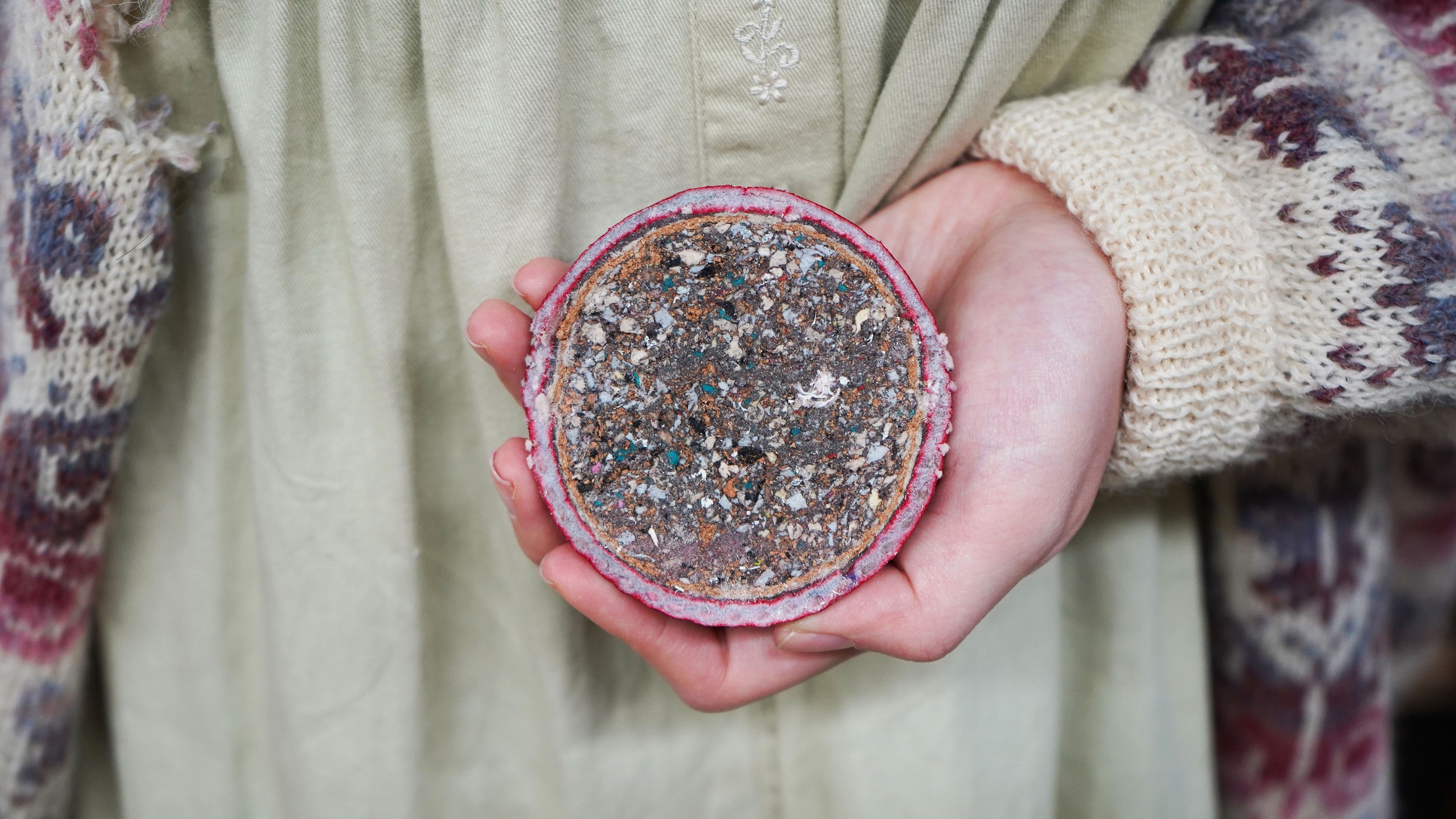

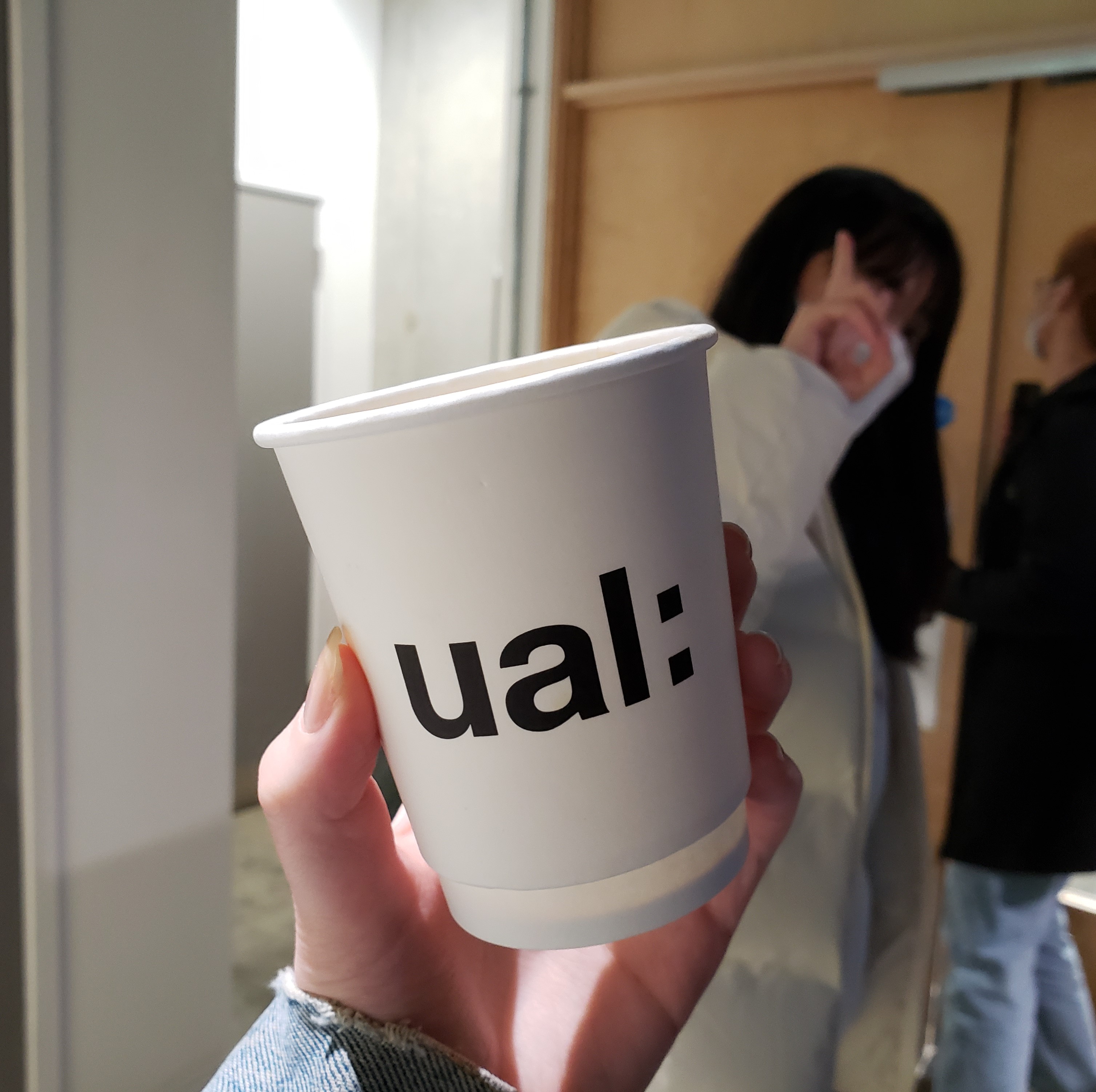
The Global Collaborative Design Practice (GCDP) course is an interdisciplinary course with a particular view of design and its place in the world.
The course is global in that it encourages students to deal with issues of global significance, such as inequality, climate, the environment, and migration. It helps students to address these issues not just as large-scale abstractions, but also as local manifestations and local points of view. Students experience first-hand this interconnection through living and studying in both Japan and the UK. The student body itself is global, with students from all six inhabited continents. Instructors have lived and worked in a wide range of countries.
The course is collaborative in that it trains students to work not only with related design professionals, but also with a variety of stakeholders – such as government and NPO officials, funders, experts, and especially citizens. Students collaborate throughout, from daily class work to the major design project, from fellow students to outside actors.
Design means working towards an outcome not in a single step, but by iterating: testing, revising, and retesting prototypes. Students learn iterative design by doing projects of different scales and types, from the small and concrete to the large and intangible.
Practice means more than ideas or even action. It means results: addressing a real issue and making a demonstrable difference. Class work prepares students to define and prosecute their major projects in the world outside the classroom.
Features of the GCDP course

• It is a two-year course, beginning in September. Students beginning MEng studies at KIT in April study for 2.5 years.
• It is a full-time course. Concurrent full-time employment is inadvisable.
• The curriculum provides all the credits required for completion.
• At KIT, the course is located within the Master’s Program of Design.
• At UAL, the course is an MA course at Camberwell College of Arts.
• All units are taught in English by KIT and UAL faculty members.
• In their first year, students move between KIT and UAL. They spend about 2 months at their home institutions, then about 4 months together at UAL, and finally about 4 months at KIT. They usually spend their second year at their home institution.
• Students attend all units in person at one or the other institution. Teachers may be local or remote.
• Students are enrolled full-time at both KIT and UAL, but pay tuition only to their home institution.
Curriculum

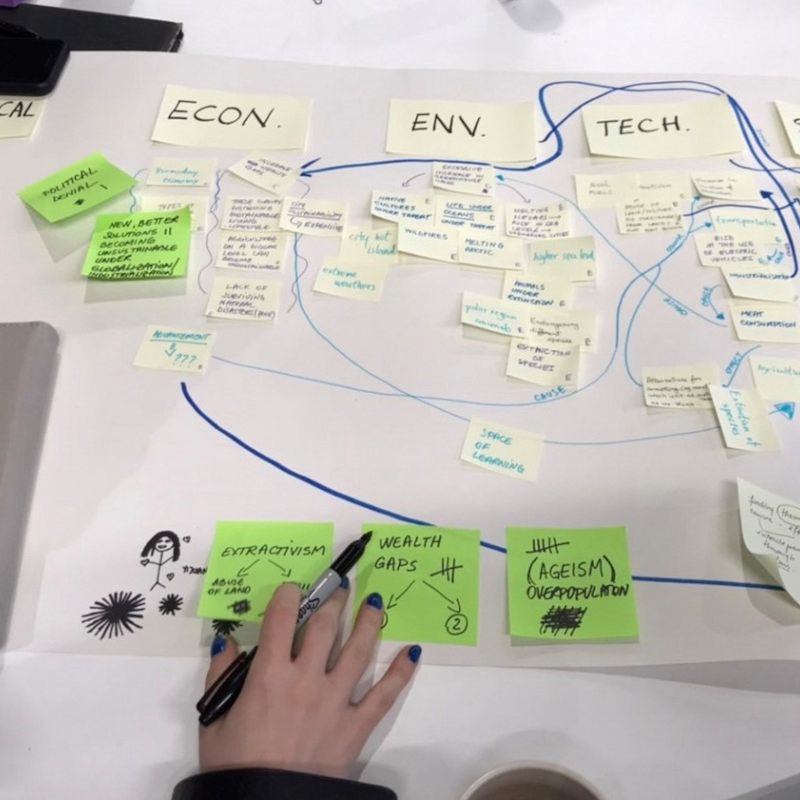
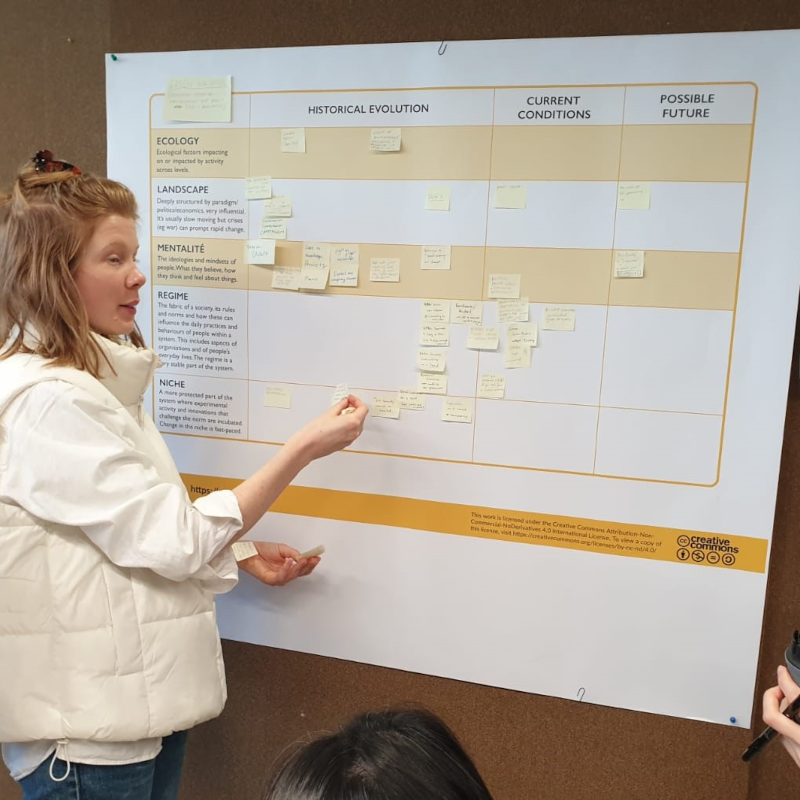
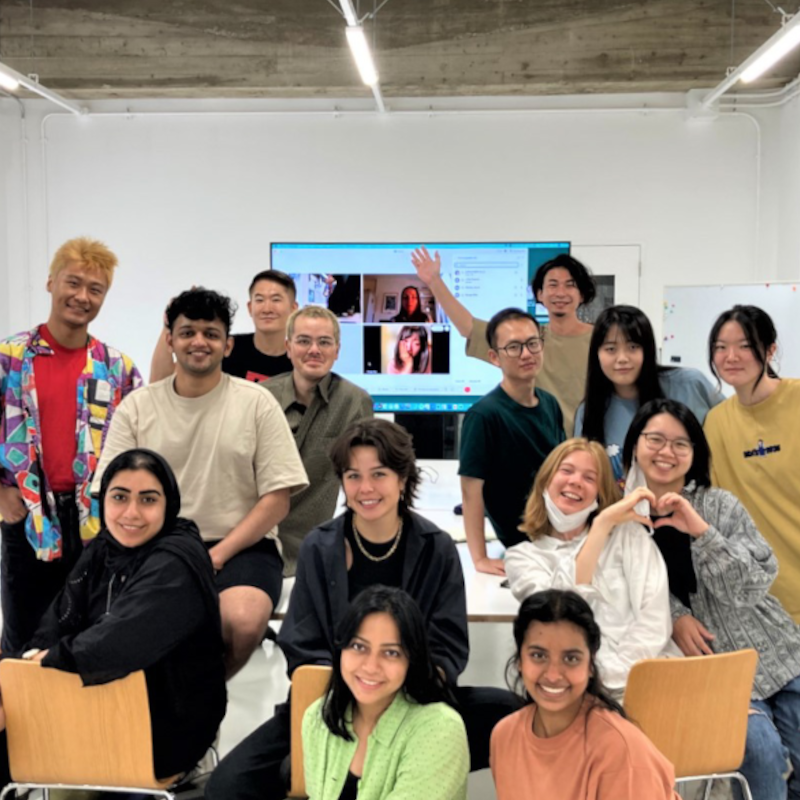
Year 1
Unit 1. Global and collaborative (led by UAL)
Introduces key themes in cross-cultural and collaborative practice. Provides a foundation of research, fieldwork, critical thinking, problem articulation, and prototyping to support practical work in later units.
Unit 2. Making and design (led by KIT)
An introduction to digital prototyping and fabrication. Supports practical work in later units.
Unit 3. Design and practice (led by UAL)
Uses mapping, visualization, and design prototyping to develop ideas and dialogs among design practitioners, project stakeholders, and project beneficiaries. Focuses on local interventions into global-scale problems.
Unit 4. Society and design (led by KIT)
Presents knowledge and methods at the intersection of society and design. Students learn to think and act critically about designing in socially relevant and responsible ways.
Unit 5. Collaboration and design (led by KIT)
Students undertake a live project in collaboration with a public, private, or non-profit sector organization. The unit is a test space for interdisciplinary teamwork with local students.
Year 2
Unit 6. Major design project (co-led by KIT and UAL)
Students undertake an in-depth project that responds to a defined societal challenge. There are three complementary parts: a brief, research (including immersive fieldwork and participatory dialogs), and a design prototype.
Unit 7. Dissemination and emergence (led by KIT)
Students present the variety of design approaches in their work over two years. They may do so through a collective physical, virtual, or hybrid event that engages with external communities, stakeholders, and networks at the forefront of collaborative practice.
Unit 8. Dissemination and planning (led by UAL)
Students define the values that underpin their practice and communicate their work. They interrogate their practice to help position themselves for later pursuits such as employment, research and enterprise funding, further study, competitions and awards, contributions to events, and involvement on panels or in publications.
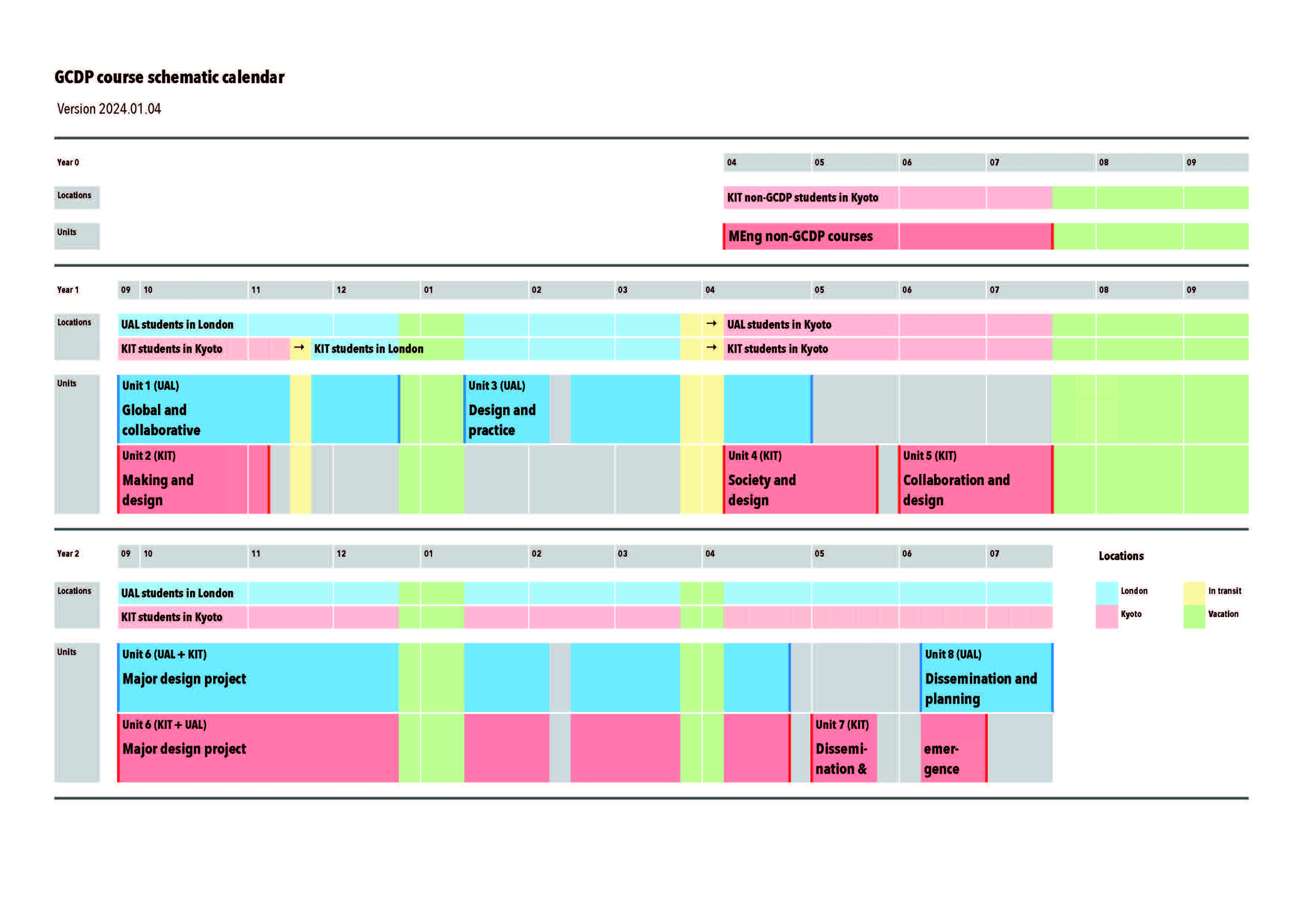
How to apply
((The following information is for those applying to GCDP through KIT; those wishing to apply through UAL should check the UAL website: https://www.arts.ac.uk/subjects/communication...).

For admission in April
• Ordinary applicants, mature applicants, and international applicants may apply.
• After enrolling in the Master's Program of Design in April, students will be able to take classes offered by the Master’s Program of Design in the 1st and 2nd quarters until September, when GCDP coursework begins.
*Please refrain from taking certain classes that are shared with GCDP during this time.
• The shortest period from enrollment to completion is two and a half years, ending in the fall.
• Entrance examination schedule: https://www.kit.ac.jp/en/prospective_student/...
• An official TOEIC score certificate must be submitted with an application. It should be dated not more than 2 years before the last day of the application period. Applicants who meet the conditions specified in the application guidelines may not need to submit this certificate.
*Please be sure to check the application guidelines for details regarding application.
For admission in September
• Ordinary applicants, mature applicants, and international applicants may apply.
• Successful applicants begin GCDP studies immediately upon enrollment.
• The minimum period from enrollment to completion is two years, ending in the fall.
• Applicants can choose one of the following entrance exams for the Master’s Program of Design (for the GCDP course, select the DD course type).
◦ General entrance examination (fall admission, DD course type only)
◦ Special entrance examination for mature applicants (fall admission)
◦ Special entrance examination for international applicants (fall admission)
• Entrance examination schedule: https://www.kit.ac.jp/en/prospective_student/...
• An official TOEIC score certificate must be submitted with an application. It should be dated not more than 2 years before the last day of the application period. Applicants who meet the conditions specified in the application guidelines may not need to submit this certificate.
*Please be sure to check the application guidelines for details regarding application.
For KIT students currently enrolled in the Master’s Program of Design
• KIT students currently enrolled in the Master’s Program of Design are welcome to apply. They should apply for internal screening in April.
• Those who pass the internal screening will participate in GCDP from September. On their academic record, they will be transferred from their current course to the GCDP course, and their primary supervisor will also be changed to a GCDP instructor.
• For those who enrolled in April, the minimum period from enrollment to completion will be two and a half years, ending in the fall.
• Application guidelines and application form are available from here
Who should apply
• Those who wish to tackle big pressing issues in society and the environment.
• Those who wish to work collaboratively: across disciplines, across cultures, with citizens.
• Working adults with relevant experience or interests.
• Design experience is not required.
Supports for Students
Visas
Japanese nationals. For the study period in the UK during the first year, Japanese nationals do not require a standard visitor visa, but they must meet the eligibility requirements for the standard visitor visa.
Non-Japanese nationals. To study in Japan, non-Japanese nationals require a student visa. For the study period in the UK, non-UK nationals may require a standard visitor visa, depending on their nationality.
For details, see: https://www.kit.ac.jp/wp/wp-content/uploads/2...
Accommodation
Although availability is not guaranteed, international students are eligible to apply for the KIT International House (Marikoji Kaikan), provided they meet certain conditions.
For details, see:
https://www.kit.ac.jp/wp/wp-content/uploads/2...
https://www.kit.ac.jp/en/facilities-services/...
Financial support
Japanese nationals are eligible to apply for JASSO scholarships for the period of their physical stay at UAL. For details, see:
https://www.kit.ac.jp/international_index/stu...
For more information
KIT Course Leader: (andrewli[at]kit.ac.jp)
External Admission: KIT Admissions Office, Graduate Admissions (innyushi[at]kit.ac.jp)
Internal Admission: KIT International Affairs Office, Academic Alliances (kokusai[at]jim.kit.ac.jp)
Scholarship, visa & residence status: KIT International Affairs Office, Student Exchange Services
(ses[at]jim.kit.ac.jp)
Accommodation: KIT International Affairs Office, International Project Administration (techleader[at]jim.kit.ac.jp)
Related sites
KIT Master’s Program of Designhttps://www.kit.ac.jp/en/academic-programs/ma...
UAL MA Global
https://www.arts.ac.uk/subjects/communication...
京都工芸繊維大学大学院 デザイン科学域 デザイン学専攻へのお問合せは、下記の本学ウェブサイトからお願いします。
https://www.kit.ac.jp/contact/
